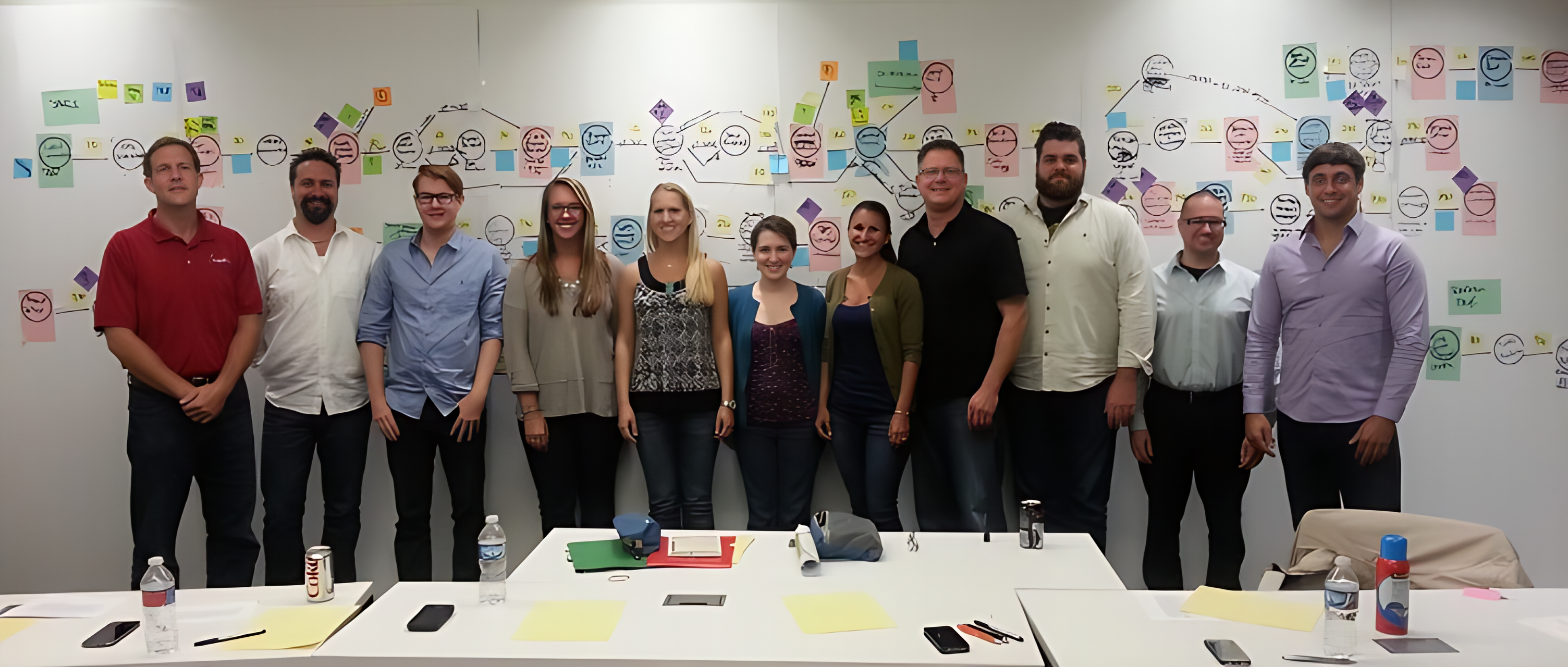Looking for
Process Triage?
You Found Us!
Process Triage® is now … Process Triage®.
Same great methodology. Same great workshop. Same great results.

Founded in 2009 by Joseph “Rosey” Rosenberger, Process Triage has been applied in over a thousand mission-critical business processes in enterprises of all types and sizes, from start-ups to Fortune® 500.
With an engineering background, Rosey facilitated high-performance teams for twenty years, specializing in business modeling, workflow design and workflow problem root cause analysis. The result? Over 20,000 hours of actual team facilitation expertise gained in over 1000 workflow design and improvement workshops, task forces, and facilitator training opportunities.
He used that experience to design Process Triage’s protocol.
And now, The Process Fixer brings this proven approach to you.
Passing the Baton
Join Derrick Mains, CEO of The Process Fixer, for an interview with Joseph ‘Rosey’ Rosenberger, founder and creator of the groundbreaking methodology Process Triage. Having acquired Process Triage in Jan 2024, Derrick sets the stage for a fascinating discussion on how the methodology came to be, what it is, and why it’s been so successful over the years. Rosie shares the pivotal experiences that shaped Process Triage into the robust tool it is today, and the lessons he learned throughout its creation!
ONE DAY OF TRIAGING
DELIVERS 90 DAYS
OF IMPROVEMENT OPPORTUNITIES

“All of us are smarter than any one of us.”
Individuals can’t fix what only teams can see
“
